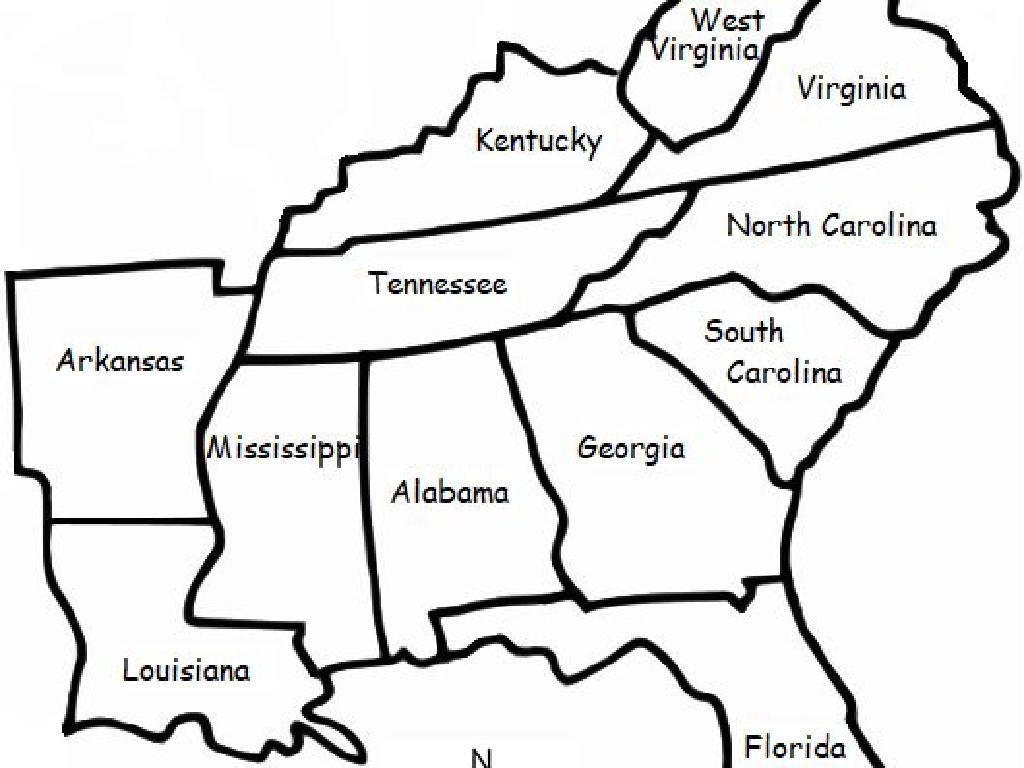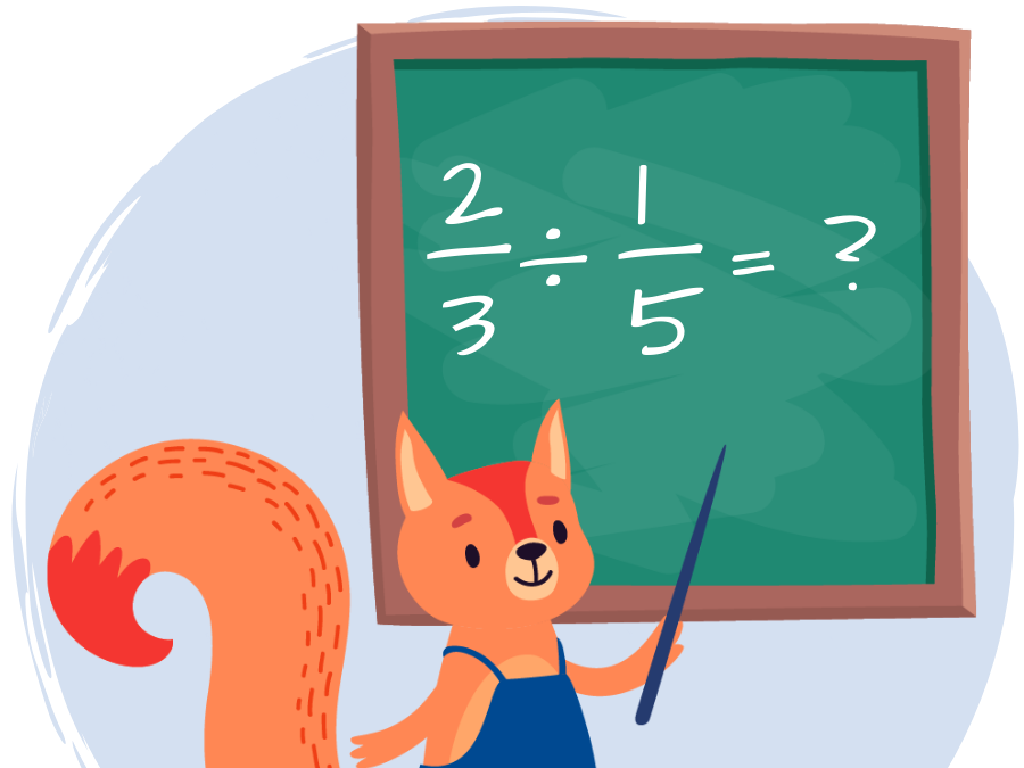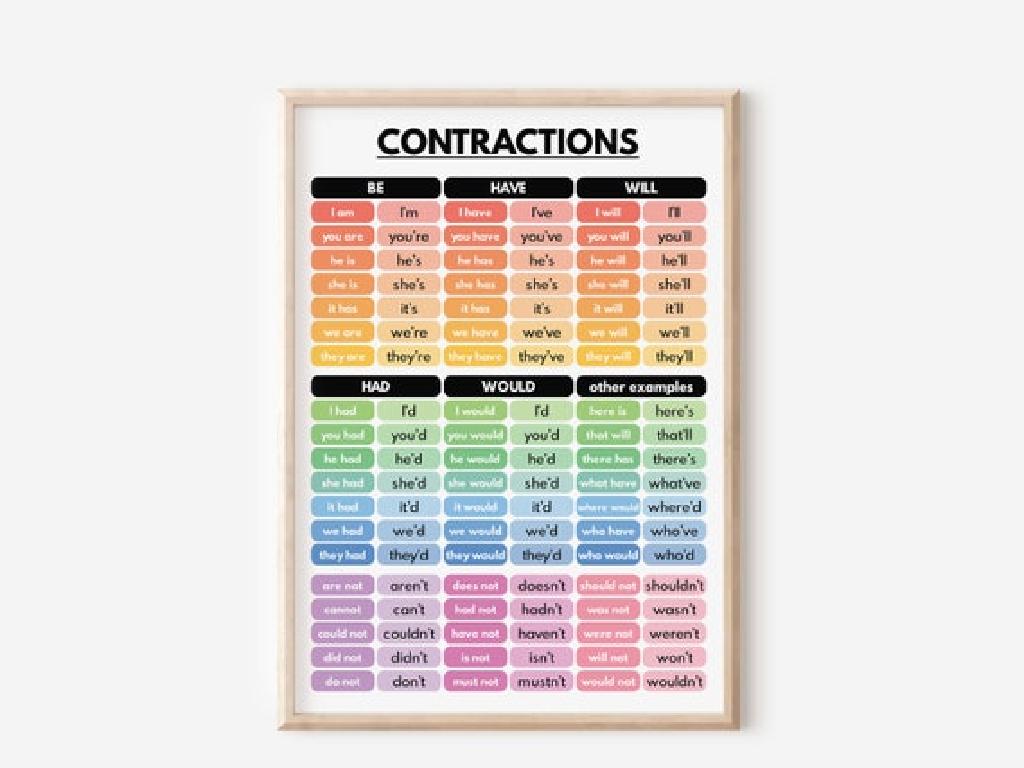Identify Even And Odd Numbers - Up To 20
Subject: Math
Grade: Second grade
Topic: Even And Odd
Summary: Introduce second graders to even and odd numbers up to 20 with interactive math activities, hands-on pairing, and visual aids. Students will learn to differentiate even and odd numbers using patterns, number lines, and classroom object hunts, reinforcing concepts through games and practical practice. The lesson helps build foundational math skills in identifying number patterns and strengthens understanding for future arithmetic and sorting problems, all aligned with second-grade curriculum standards.
Please LOG IN to download the presentation. Access is available to registered users only.
View More Content
Welcome to Even and Odd Numbers!
– Learn about even and odd numbers
– Difference between even and odd
– Even numbers can be divided by 2, odd numbers cannot
– Identifying even numbers up to 20
– Even numbers: 2, 4, 6, …, up to 20
– Identifying odd numbers up to 20
– Odd numbers: 1, 3, 5, …, up to 19
|
This slide introduces second-grade students to the concept of even and odd numbers. Start by explaining that numbers are categorized as either even or odd based on whether they can be evenly divided by two. Provide examples of even numbers up to 20, emphasizing the pattern that they end in 0, 2, 4, 6, or 8. Similarly, illustrate odd numbers up to 19, pointing out that they end in 1, 3, 5, 7, or 9. Use visual aids like counters or number lines to help students identify and categorize the numbers. Encourage students to practice by picking random numbers and determining if they are even or odd. This foundational skill will aid in their understanding of number patterns and division.
Exploring Even Numbers
– Definition of even numbers
– Numbers that split into two equal groups
– Examples: 2, 4, 6, 8, 10
– These numbers divide evenly by 2
– Pairing objects activity
– Use toys or counters to make pairs
|
This slide introduces the concept of even numbers to second-grade students. Begin by explaining that even numbers are those which can be evenly divided into two groups with nothing left over. Show visual examples using the numbers 2, 4, 6, 8, and 10, and demonstrate how each of these can be split into two equal groups. For the activity, provide students with a collection of small objects (like blocks or counters) and instruct them to try pairing them up to see if they can form even groups. This hands-on activity will help solidify their understanding of even numbers. Encourage students to explain why a number is even or not based on their pairings.
Understanding Odd Numbers
– Odd numbers can’t split evenly
– Examples: 1, 3, 5, 7, 9
– Numbers like 1, 3, 5, 7, and 9 are odd
– Activity: Pairing up objects
– Use toys or counters to make pairs
– Find the leftover object
– The unpaired object shows it’s an odd number
|
This slide introduces the concept of odd numbers to second-grade students. Begin by explaining that odd numbers are those that cannot be divided into two equal groups without having one leftover. Provide clear examples of odd numbers up to 9 and ensure students understand by asking them to repeat or list odd numbers they remember. The activity involves students pairing up items like pencils or blocks to visually see which numbers leave an unpaired item, reinforcing the concept of odd numbers. For the activity, suggest using small objects such as counters, beads, or buttons to make it hands-on and engaging. Encourage students to explain why the leftover item indicates the total number is odd. This interactive approach helps solidify their understanding of odd numbers within the range of 1 to 20.
Even and Odd Numbers Up to 20
– How to identify even and odd numbers
– Even numbers end in 0, 2, 4, 6, 8
– Examples: 10 (even), 14 (even)
– Odd numbers end in 1, 3, 5, 7, 9
– Examples: 11 (odd), 17 (odd)
– Practice with a number line 1-20
– Use a number line to find and mark evens and odds
|
This slide introduces second graders to the concept of even and odd numbers. Start by explaining that the last digit of a number determines if it’s even or odd. Provide examples of even numbers like 2, 4, and 8, and odd numbers like 1, 3, and 5. Use a number line as a visual aid to help students practice identifying even and odd numbers from 1 to 20. Encourage students to look for patterns and use the number line to predict the next even or odd number. This activity will help solidify their understanding of the concept through visual and practical application.
Let’s Practice Together: Even or Odd?
– I’ll show you a number
– You tell me if it’s even or odd
– We’ll use objects to understand
– For example, 6 marbles can be paired up with no leftovers, so 6 is even
– Check the last digit!
– Numbers ending in 0, 2, 4, 6, or 8 are even
|
This interactive slide is designed for a class activity where the teacher will show a number to the students, and they will determine if it’s even or odd. The teacher should have physical objects ready, like marbles or blocks, to visually demonstrate the concept of pairing objects to determine evenness or oddness. Emphasize the trick of looking at the last digit of a number to quickly identify if it’s even or odd. For example, any number ending in 0, 2, 4, 6, or 8 is even, and numbers ending in 1, 3, 5, 7, or 9 are odd. Prepare to guide students through several examples and encourage them to explain their reasoning. The goal is to help students become comfortable with identifying even and odd numbers up to 20.
Class Activity: Even and Odd Number Hunt
– Let’s hunt numbers in the classroom
– Find objects in even or odd amounts
– Are there 2, 4, 6… items or 1, 3, 5…?
– Work with a buddy to record findings
– Help each other and compare notes
– Discuss our discoveries together
|
This interactive activity is designed to help second graders understand the concept of even and odd numbers in a fun and engaging way. Students will pair up and search the classroom for objects, grouping them to determine if they are in even or odd quantities. They should record their findings on a sheet of paper, listing the object and whether the amount is even or odd. After the hunt, reconvene as a class and discuss the results. Possible variations of the activity could include: 1) Sorting classroom supplies, 2) Counting and grouping items in their desks, 3) Using flashcards with numbers, 4) Finding even/odd numbers of body parts (e.g., fingers, toes). This will not only reinforce their counting skills but also their ability to differentiate between even and odd numbers up to 20.
Even and Odd Numbers: Conclusion and Review
– Recap: Even and odd numbers
– Importance of knowing the difference
– Helps in sorting, counting, and basic arithmetic
– Identifying even and odd numbers
– Even numbers end with 0, 2, 4, 6, or 8
– Practice examples up to 20
– 2, 4, 6, 8 are even; 1, 3, 5, 7 are odd
|
In this lesson, we’ve learned to distinguish between even and odd numbers, which is a fundamental math skill. Understanding this difference is crucial as it’s applied in various aspects of mathematics and daily life, such as organizing objects or dividing groups evenly. We reviewed that even numbers can be divided by two without a remainder and end with 0, 2, 4, 6, or 8, while odd numbers end with 1, 3, 5, 7, or 9. To reinforce this concept, provide students with a range of numbers up to 20 and ask them to classify them as even or odd. This exercise will help solidify their understanding and prepare them for more complex math concepts.
Homework Challenge: Even & Odd Numbers
– Take home your number worksheet
– Circle even numbers in blue
– Even numbers end with 2, 4, 6, 8, or 0
– Circle odd numbers in red
– Odd numbers end with 1, 3, 5, 7, or 9
– Bring it back for a sticker!
|
This homework activity is designed to reinforce the concept of even and odd numbers up to 20. Provide each student with a worksheet that lists the numbers 1-20. Instruct them to use a blue crayon or marker to circle even numbers and a red crayon or marker to circle odd numbers. Remind them that even numbers can be divided evenly into pairs without any leftovers, while odd numbers will always have one leftover. This visual and hands-on activity will help solidify their understanding of the concept. Offer a special sticker as a reward for completing the worksheet to motivate them. In the next class, review the homework together and celebrate their efforts with the promised stickers.





